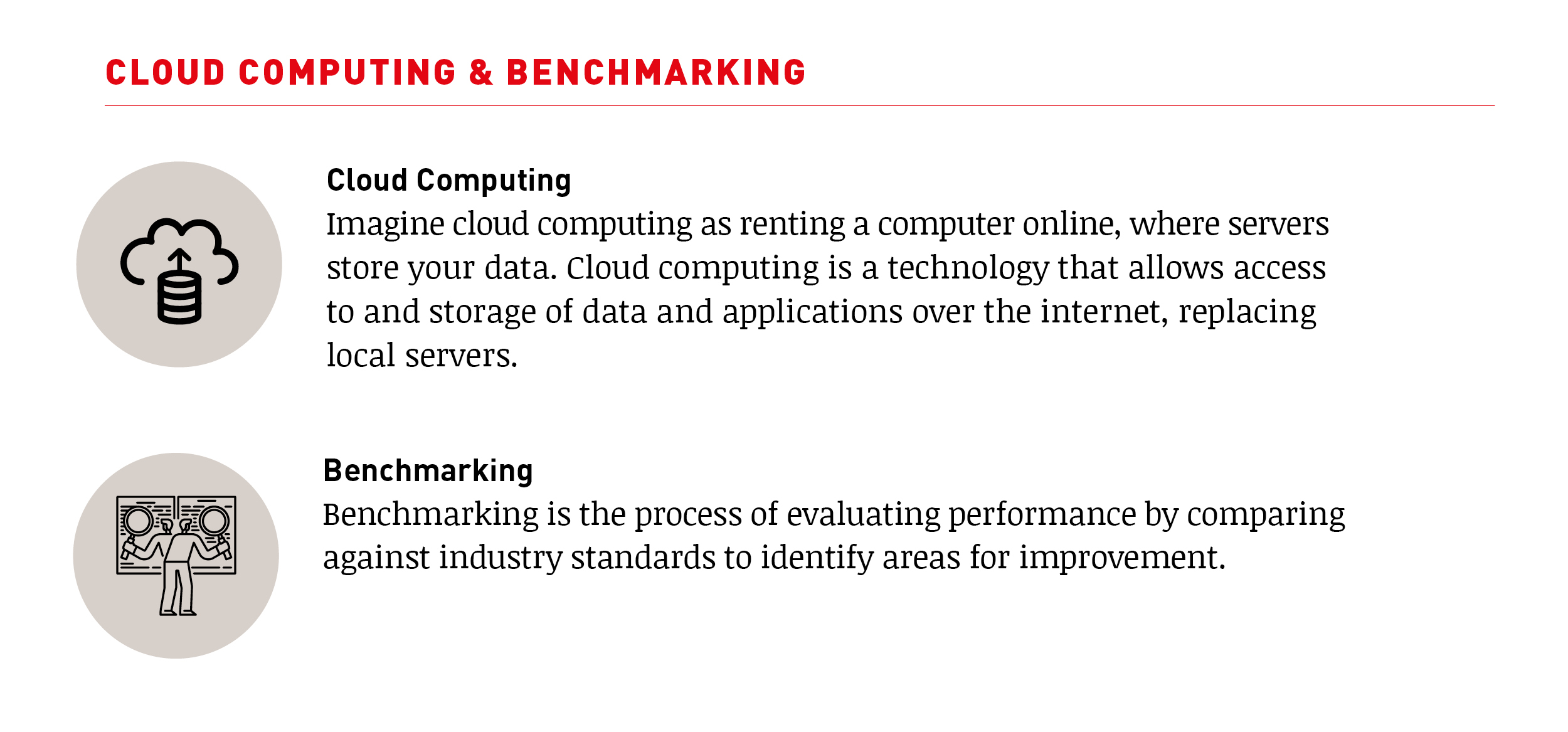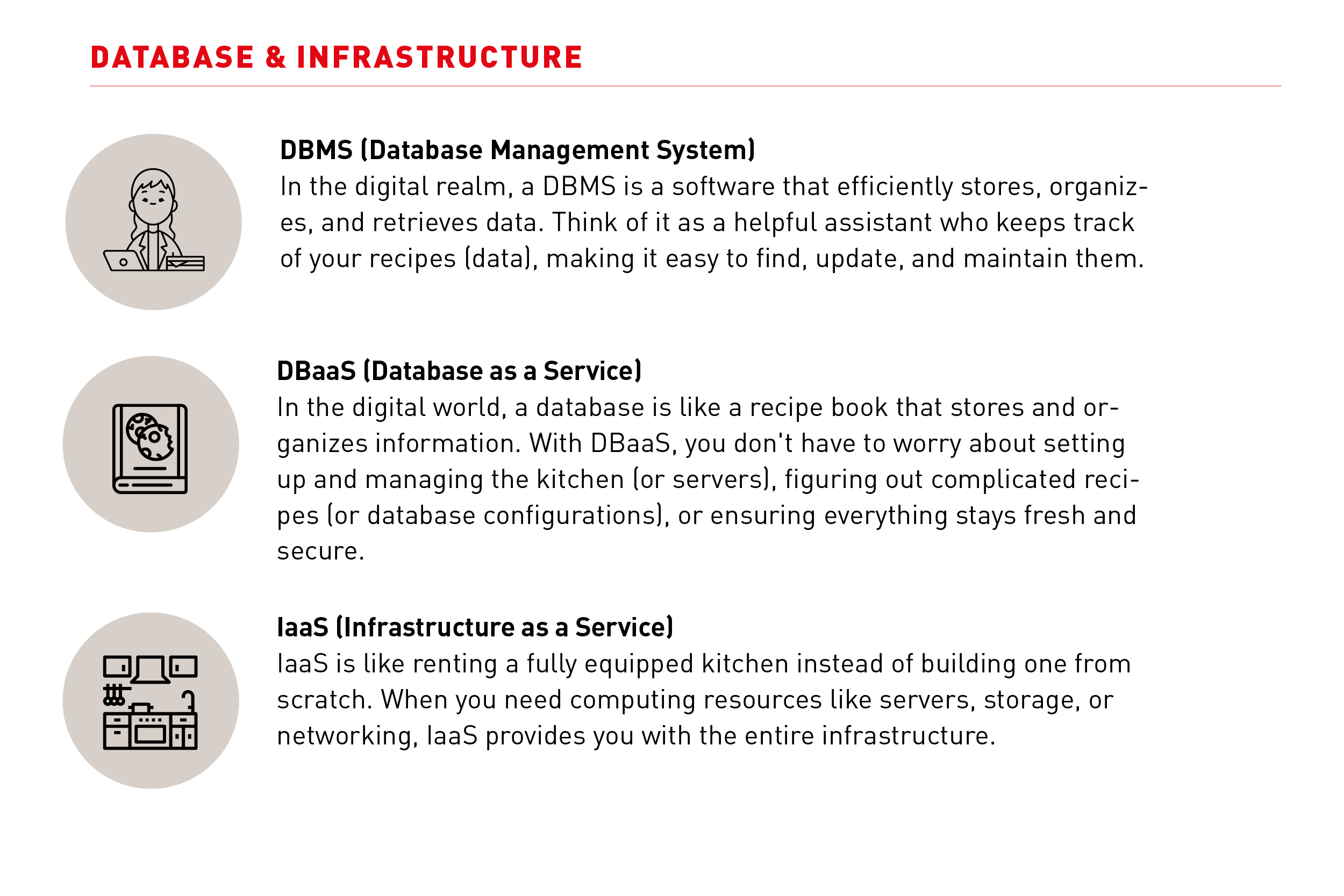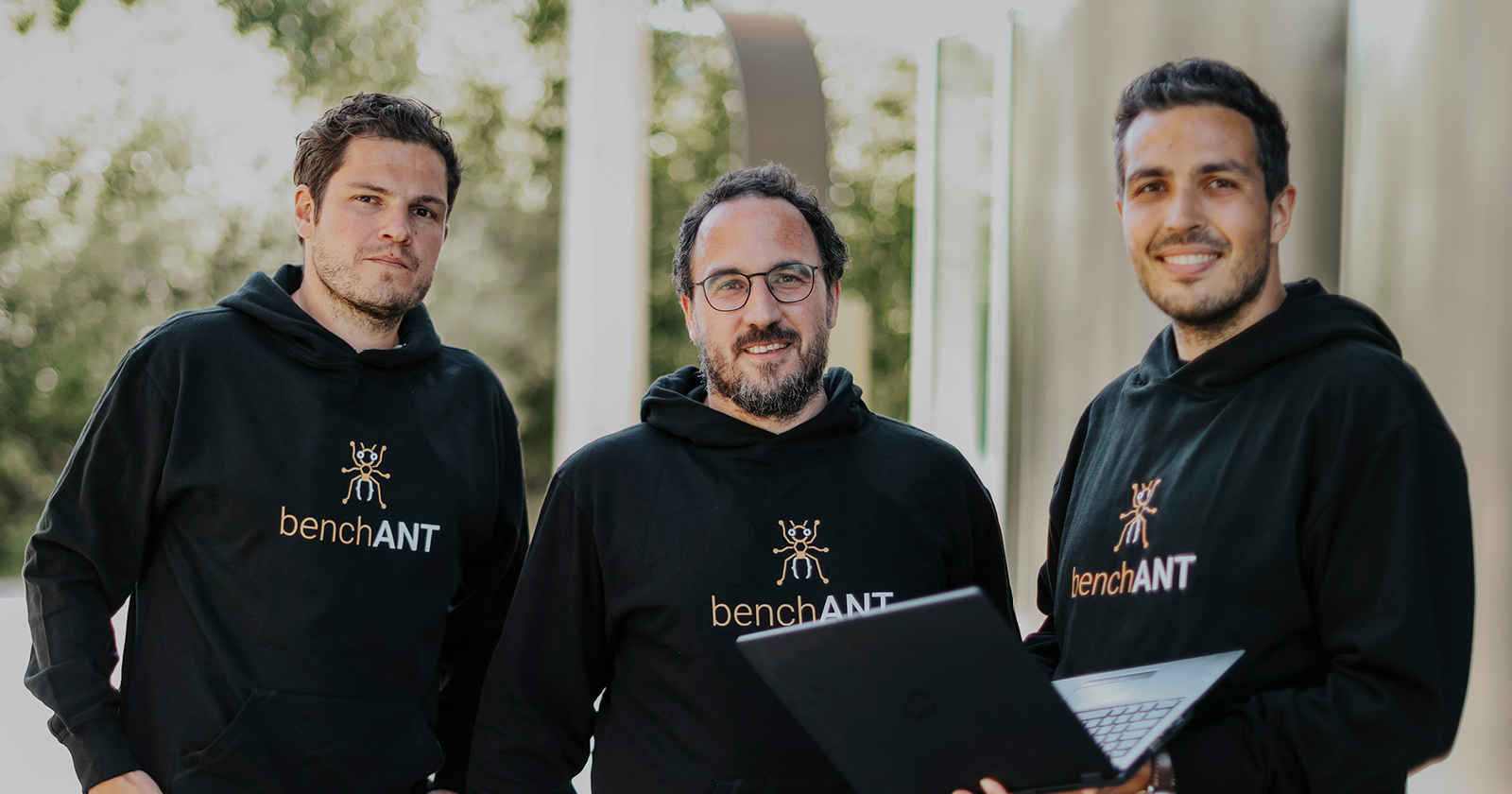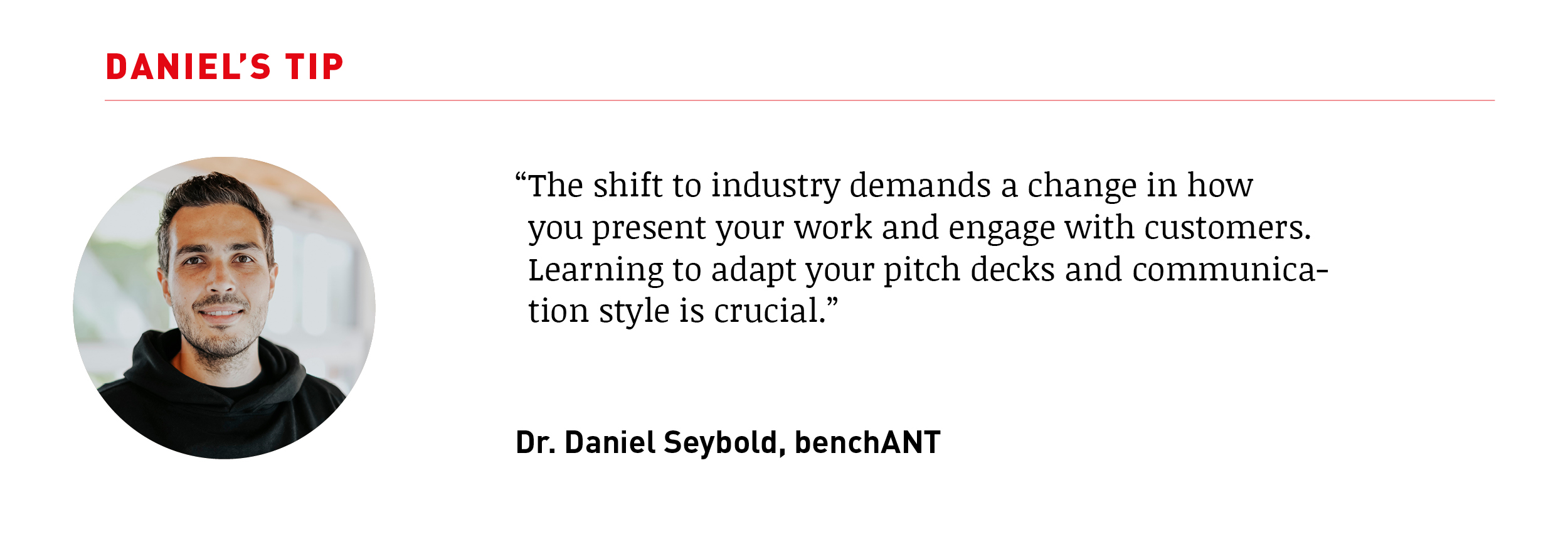
Sciencepreneurship through complex times
Written by
In this month’s spotlight, we interviewed Dr. Daniel Seybold, an early Alumni of Young Entrepreneurs in Science and Co-Founder of benchANT, a start-up specializing in cloud computing benchmarking. Cloud computing can be imagined as renting a computer online with servers storing data and providing scalable resources over the internet. benchANT navigates the complexity of varied company needs in this sector, analysing and offering measurable insights to facilitate informed technology decisions. His journey, transitioning from academia to entrepreneurship, and surviving the challenges of funding and the pandemic, is a testament to navigating the start-up landscape successfully.
Hello Daniel, can you tell us about your journey, please?
I am Daniel, Co-Founder of benchANT, and my academic journey in Computer Science at the University of Ulm unexpectedly led to a PhD with an offer from my supervisor during my master’s thesis on database systems and the cloud. The practical importance of my research arose during a collaboration with Daimler TSS, where our prototypes improved their IoT platform, prompting the realization of broader industry applications. This intersection of academia and industry formed the groundwork for benchANT, an initiative born out of the recognition that our tools and knowledge could benefit a wider audience. Securing an EXIST-Forschungstransfer research grant marked the beginning of benchANT, and our mission now revolves around optimizing database and cloud technologies for software companies, cloud providers, and database vendors, with a primary focus on enhancing price performance and identifying superior technologies for data-intensive applications.

What fascinates you most about cloud computing and benchANT?
Looking back, when we started exploring cloud computing, it was a big buzz, but now it’s a common thing in the US and Europe. People are still transitioning to the cloud, and there are lots of providers claiming to be the fastest and offering the best prices. Our research at benchANT showed that these claims don’t always hold up—there are significant differences among providers. We help customers navigate this complexity by providing unique data and a neutral perspective. It’s not just about finding the cheapest option; we also consider factors like data privacy. Customers often don’t have the time or resources to compare these things on their own, so we simplify it for them based on our years of experience with these technologies. Also, in Europe, there’s a challenge in finding the right experts for cloud transformations, and existing teams are swamped with different projects, lacking resources for optimization tasks. Conversely, in the US, the focus is on real performance metrics and in-depth cloud performance analysis, driven by a prevalent use of cloud technology and a desire to optimize existing setups. In Europe, introducing companies, especially German small and medium-sized businesses, to the advantages of cloud computing is crucial. There’s a notable diversity in technological maturity, with some entities already well-versed in the cloud.

In the first year of Young Entrepreneurs in Science, you attended one of the workshops. How did this experience affect your entrepreneurship journey?
In 2019, during the early stages of our venture into entrepreneurship and science, I attended a workshop that played a pivotal role. This coincided with the final phase of my PhD, and we were considering turning our ideas into a start-up. The workshop was a goldmine of insights, providing a roadmap for establishing a company and shedding light on various funding options. I gained the essential knowledge that, when discussed with my supervisor and team members, fuelled our commitment to exploring the start-up landscape. This exploration involved identifying key team members, including a friend with whom I had previously discussed a start-up idea, and delving into funding programs and the detailed process of crafting a business plan. The workshop significantly bolstered our determination to embark on the entrepreneurial journey.
Speaking about funding, do you have tips to share regarding financing a start-up?
In the early stages, we considered bootstrapping, funding our venture ourselves, thinking our connections with Daimler and other car manufacturers could make it work. But we also explored other options, and the EXIST Program caught our eye—it had a large funding option but was highly competitive. We knew we needed a solid business plan, so we started working on that in 2019. The idea of bootstrapping was out of the table when the pandemic hit, and companies stopped hiring and investing. Despite the challenges, we went for the EXIST funding, navigating through two rounds that involved presenting our business plan and pitching our idea. Surprisingly, we secured the funding, marking a crucial step toward turning our idea into reality. Certainly, preparing the business plan and go-to-market strategy was instrumental. It helped us refine our prototype for the market, by focusing on enterprises. Although initial ideas for our start-up shifted, the grant application compelled us to define our plans comprehensively, setting the stage for future success.

How did you build your team, manage teamwork, and handle different personalities during the challenging start, especially with the impact of the pandemic and remote work?
In the initial phase, remote work added complexity, but having a longstanding working relationship with Jörg, the group lead from the university, proved beneficial. We had a seven-year history of collaboration during the PhD and research projects, ensuring a strong connection. Jan, who came from an e-commerce background, was also a long-time friend and collaborator for about a year. This familiarity facilitated team formation. Despite diverse personalities, the team dynamics were effective, and feedback highlighted our strong teamwork, a crucial strength during the remote work necessitated by the pandemic. The varied perspectives, particularly Jan’s business-oriented approach and Jörg’s and my academic focus, sometimes led to discussions, especially in the initial years. Striking a balance between academic rigor and market readiness was a common theme. Jan played a pivotal role, often dubbed “the guy with the whip,” pushing the academics to transition their work effectively to the market, adding a valuable business perspective.
What do you do as a Co-Founder now? What do you like more, what do you like less?
As a Co-Founder, I find the constant and varied challenges to be the most rewarding aspect. It offers continuous learning opportunities and the chance to explore numerous ideas for market approach and business growth. Witnessing the impact of my research now being utilized in the industry is a major source of motivation. However, an unexpected challenge lies in securing honest feedback from prospects in the industry. Unlike the straightforward feedback prevalent in research discussions, industry prospects often express initial interest but then become unresponsive, making it difficult to obtain constructive feedback. Despite these challenges, the situation improved post-pandemic, especially through in-person conferences, facilitating better engagement and networking opportunities. Adjusting our strategy from bottom-up to top-level approaches, though presenting other challenges, has proven more effective in reaching key decision-makers in enterprises.
What advice would you give aspiring founders with a background in academia? Which learnings did you have in your professional life
Attending your workshops! Utilizing research grants and start-up funding rounds can lower the challenges associated with bootstrapping. For those transitioning from academia to entrepreneurship, creating your own company is recommended as it allows you to work on your ideas, albeit with organizational challenges. However, the shift to industry demands a change in how you present your work and engage with customers. Learning to adapt your pitch decks and communication style is crucial. Exploring various funding options is advisable in the early stages. Emphasizing the importance of the team, being open to pivoting based on market feedback, and recognizing the challenge of introducing something entirely new to the market are essential considerations. Additionally, detailing your ideas during the business plan phase, even if you don’t secure a grant, proves beneficial for future development. Besides, it’s crucial to persist through multiple roadblocks in the early stages of entrepreneurship, understanding that the process, particularly when targeting enterprises, may take substantial time to translate initial interest into concrete projects due to contract complexities.

Lastly, please tell us, what are your plans for the future?
After successfully completing the EXIST I program, we are currently navigating the administrative challenges. We are taking significant steps in collaborating with prominent companies. As we contemplate scaling our company, we have chosen to refrain from the Venture Capital options for now. We opt to assess the scalability and widespread enterprise interest in our solution. We’ve attracted several customers and conducted numerous projects, with public releases scheduled for January or February 2024. The upcoming months will be crucial as we evaluate the impact of these projects on our contacts and consider whether to scale through Bootstrap or alternative means.
What happens next?
Check out our event calendar for upcoming workshops. Stay tuned for more updates, opportunities, and success stories!
What happens next?
Connect with Daniel via LinkedIn or visit the website of benchANT.
Illustration: Kamilla Nafikova
Art Director & Graphicdesign: Bianca Cramer







